The context of population aging and the requirements
Globally, population aging is emerging as a widespread trend, reflecting fundamental changes in the process of social development. The main cause comes from a sharp decline in birth rates along with an increasing average life expectancy thanks to medical achievements, advances in science and technology and significantly improved living conditions. The United Nations predicts that by 2050, the world will have about 2.1 billion people aged 60 and over, accounting for more than 20% of the total global population. This is a population structure shift that has a profound impact on all economic , social and cultural fields, forcing countries to adjust social security policies, health care models, reorganize the labor market as well as sustainable development management methods. Notably, many developed countries have entered the stage of "super-aged society", with the proportion of people aged 65 and over exceeding the threshold of 30%. This situation puts great pressure on the pension, health and social service systems, and promotes the formation, expansion and shaping of the silver economy as a new growth pillar, associated with the provision of services, products and care models specifically for the elderly.
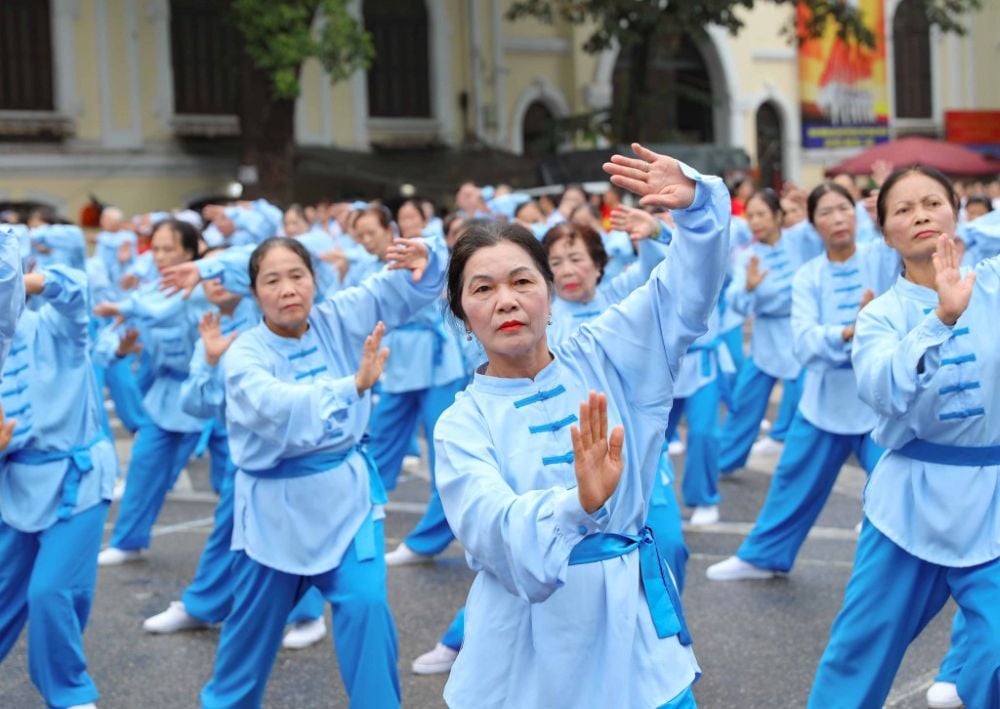
In Vietnam, the trend of population aging is taking place at the fastest rate in Asia. In 2011, our country officially entered the aging phase; it is forecasted that by 2036 it will move to the "aged" population phase, meaning that the proportion of people aged 60 and over accounts for about 20% of the total population. Currently, the whole country has nearly 17 million elderly people, accounting for about 17% of the population, of which over 9 million people directly participate in labor, production, business and hundreds of thousands of people undertake work in Party agencies, government, Front, mass organizations, mediation teams, maintaining security and order in the community. This reality shows that the elderly are not only a group of people who need to be protected and cared for, but also an important social force, contributing intelligence, experience and prestige to the cause of national development.
However, the population aging process in Vietnam is taking place in a special context: the economy has not accumulated enough resources, the social security system is not really complete, the rate of elderly people receiving pensions, social insurance or regular allowances is still low. The reality of "not yet rich but already old" has been posing great challenges to ensuring social security, health care, economic stability and social development. This requires a comprehensive, proactive and creative approach, both paying attention and taking better care of the elderly's lives, and at the same time awakening and promoting the great potential of the elderly as a particularly important resource for the country's sustainable development in the new era.
“Silver Economy”: Concept, Components and Trends
In terms of concept , the “silver economy” is understood as all production and business activities of goods and services to meet the increasingly diverse needs of the elderly, and includes both the direct and indirect contributions of the elderly to socio-economic development. This is not only a specific market but also a strategic field, reflecting profound changes in population structure, associated with adjusting the growth model in the context of aging. In many countries, the “silver economy” has become an important part of the economy, contributing significantly to the gross domestic product, while creating millions of new jobs associated with service, industrial and technological sectors related to the care and service of the elderly.
In terms of components , the “silver economy” covers many key areas. First of all , health care, nursing and geriatrics, including the development of a system of specialized hospitals, nursing centers, home care services, and specialized medical products and support equipment for the elderly. Second, the field of culture, tourism and sports with the emergence of more and more types of resort tourism, physical activities, arts and entertainment suitable to the needs and characteristics of each age group. Third , real estate and housing infrastructure that are friendly to the elderly, demonstrated through elderly care facilities, nursing home models, urban areas and public works that ensure safety and friendliness. Financial services, insurance and retirement are also an important component, including health care insurance, retirement insurance, voluntary retirement funds, financial consulting activities for the elderly in asset management and spending planning.
In terms of society and economy , labor and employment for the elderly continue to be a pillar of the silver economy, because many elderly people still have the ability to work, management experience, accumulation and desire to contribute to society. Education and training focus on skills development, retraining, and career transition for the elderly, while developing a team of specialized human resources in the field of nursing and care. Technology and digital transformation with smart devices are increasingly widely applied in health management, monitoring activities and supporting the spiritual life of the elderly. Transportation and mobility support devices ensure safety and convenience; specialized food and nutrition for the elderly are increasingly concerned, contributing to improving longevity and quality of life.
Experiences of many countries show that developing the "silver economy" not only brings economic values but also has profound social and humanistic significance. In the economic aspect, the "silver economy" opens up new industries, creates more jobs, expands the market size and promotes consumption, improving the living standards of people, first of all the elderly. In the social aspect, it contributes to improving the quality of life, strengthening social security, affirming the role and value of the elderly in community life. International practice has proven that where the "silver economy" is valued and well developed, that place not only ensures a solid social security for the elderly but also exploits a potential "silver resource", making an important contribution to the sustainable development of the country.
Vietnam's policy towards the elderly: Progress and initial results
Over the years, our Party and State have consistently considered the elderly as an important part of the population that needs to be taken care of, and at the same time a social force capable of contributing and promoting experience and intelligence in the cause of building and defending the Fatherland. The system of policies for the elderly has been increasingly improved, demonstrating development in both breadth and depth. In terms of law, the National Assembly passed the Law on the Elderly in 2009, laying an important foundation, affirming the legal position of the elderly, creating a basis for the synchronous implementation of programs, strategies, projects and social policies for the elderly. Many national programs have long-term orientation, typically the National Action Program on the Elderly, the Elderly Health Care Program until 2030, the National Strategy on the Elderly until 2035, vision 2045, along with many specific projects to protect, care for and promote the role of the elderly. These documents not only expand the scope of policy coverage but also contribute to standardizing goals and targets, ensuring increasingly practical and effective implementation resources.
The Vietnam Association of the Elderly has played a good role in connecting policies with social life, expanding the model of intergenerational self-help clubs; building a rich living environment, supporting the material and spiritual life of members; arousing the spirit of community support, etc. Associations at all levels have proactively promoted propaganda, consulting, monitoring and social criticism, helping to raise social awareness of the role, position and contributions of the elderly. Many elderly people also directly participate in maintaining security and order at the grassroots level, preventing and fighting crimes, resolving conflicts in the community, becoming a reliable support for the political system at the grassroots level, while contributing to strengthening the great national unity bloc.
However, in addition to the positive results, the institutions for developing the “silver economy” are still lacking, fragmented and scattered, and have not yet formed a comprehensive and long-term oriented policy system. Social infrastructure standards, especially the geriatric health system, housing, and elderly-friendly public works, have not kept up with the rapidly increasing demand. The social security system, although having made many strides, the rate of elderly people receiving pensions, social insurance or specialized care services is still low. A large number of elderly people in rural areas and informal workers still have difficult lives.
More worryingly, Vietnam is facing the reality of "not yet rich but already old", that is, entering the aging stage when the economy has not accumulated enough resources to fully meet the diverse and increasing needs of the elderly; creating pressure on pension funds, health care, social insurance, health care and public services, etc. Therefore, the requirement in the coming period is to harmoniously combine caring for legitimate rights with exploiting and promoting the enormous resources of the elderly to develop the country. This is a strategic task, requiring the drastic participation of the entire political system, synchronous coordination between the State, society, family and the elderly themselves.
Orientation and solutions for developing "silver economy" associated with social security
In the context of rapid population aging, the development of the "silver economy" must be considered a strategic orientation, closely linking economic growth with ensuring social security and promoting human resources. To do so, it is necessary to first focus on perfecting the institutional system and policy framework, creating a synchronous, transparent and predictable legal foundation. The Party and the State need to have policies, orientations, review, amend and supplement laws and regulations related to the care, protection and promotion of the role of the elderly, and promptly issue a strategy and master plan for the development of the "silver economy" in the long term, with an ecosystem approach, linking the State, the market and society.
In addition, the construction and development of a service ecosystem - market for the elderly is of particular importance. It is necessary to develop elderly care facilities, diverse care models, from home care, community care to specialized facilities, ensuring flexibility and suitability to different socio-economic conditions. Along with that is the consolidation and development of the geriatric department system, especially in provincial and commune hospitals, to improve the capacity for intensive care for the elderly. Encouraging private investment and expanding public-private partnerships (PPP) in areas such as nursing, nursing, and health care tourism will both reduce pressure on the budget and create conditions for diversifying service types, improving the quality and competitiveness of the market.
Many elderly people are still healthy, experienced and want to continue contributing. Therefore, there should be policies to encourage businesses and organizations to effectively exploit this resource in positions suitable to their health, capacity and expertise. Along with that, expanding training, retraining and career conversion opportunities, designing flexible financial, insurance and retirement products will help the elderly have more stable income sources, ensuring a safe and sustainable life.
Building a national database on the elderly is an urgent requirement for population management, trend forecasting and evidence-based policy making. At the same time, the application of artificial intelligence, the Internet of Things, wearable devices and smart monitoring technology in healthcare will contribute to improving the quality of life and prolonging healthy life. The implementation of “digital literacy” will help the elderly access technology, reduce the digital divide and increase their active and equal participation in social life.
Developing the “silver economy” must be associated with the principles of gender sensitivity and inclusiveness. Women account for an increasingly high proportion of the aging population, while vulnerable groups such as the very elderly, single people, ethnic minorities or those residing in remote areas, therefore, policies need to focus on gender, age, socio-economic and cultural characteristics, thereby having fair, flexible and appropriate policies for each target group. It can be seen that the factors ensuring the development of the “silver economy” in Vietnam must be humane and inclusive, in order to make a practical contribution to the goal of sustainable development, helping the country overcome the challenge of “not yet rich but already old” and turning the aging population into a driving force in the new era.
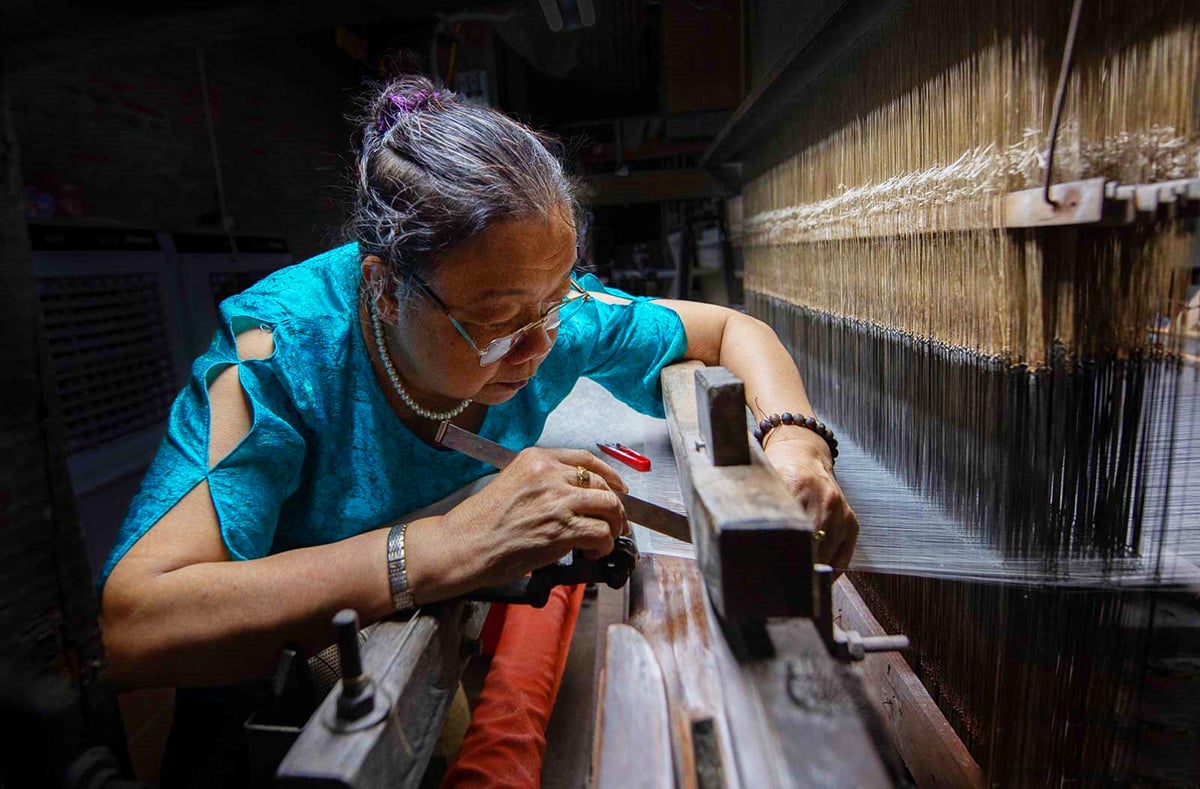
Silver Economy Forum (SEF) - connection and implementation mechanism
To realize the orientations and solutions for sustainable development of the "silver economy", Vietnam needs a multi-dimensional connection mechanism, capable of gathering and mobilizing different subjects in the development ecosystem at the same time. In that spirit, the formation of the "Silver Economy" Forum (SEF) is of special importance. This will be a space for regular dialogue and discussion, connecting policymakers, scientists, businesses, professional associations, social organizations and the media to share information, analyze trends, propose solutions and promote cooperation initiatives. SEF does not only stop at the role of gathering intelligence, but also aims to create commitments to action, contributing to spreading human values, improving the happiness index, expanding social security opportunities and ensuring direct and practical contributions of this field to the country's socio-economic growth.
In terms of implementation methods, the Forum is oriented to operate in many flexible and diverse forms. Conferences, seminars, talks, dialogues and thematic events will act as channels to gather opinions, connect domestic and foreign knowledge, and form in-depth research groups to advise and recommend policies. Along with that, the forum will develop specialized media columns, academic publications and regular research reports, contributing to raising social awareness of the importance of silver economy, promoting institutional reform and perfecting policies.
On the basis of “mutual benefit”, this network will become an important driving force to mobilize financial, scientific - technological, management and communication resources for the development of services and products related to the needs of the elderly. In particular, SEF can become a “bridge” to bring Vietnam deeper into the global “silver economy” development trend, through the exchange of experiences, technology adoption and attracting international investment, and tourism development.
The organization of the national scientific conference on “Silver Economy in Vietnam in the New Era” in November 2025 is an important step, affirming Vietnam’s strategic vision and political determination in this field. This is not only an opportunity to summarize practices and refer to international experiences, but also an opportunity to include the policy of developing a “silver economy” in Vietnam during the rapid population aging process in the draft documents submitted to the 14th National Party Congress. When implemented synchronously, SEF will position the “silver economy” as a pillar in the sustainable development strategy, linking growth targets with social security and human values.
International and domestic practices show that, when properly oriented, the “silver economy” not only helps reduce pressure on the pension, health and social welfare systems, but also opens up new opportunities for growth, innovation, diversification of services, industries and markets.
With the Party's political determination, synchronization in institutional improvement, and efforts to build a modern service-market ecosystem, comprehensive data and high-quality human resources, Vietnam can completely turn the challenge of population aging into a driving force for development. The elderly need to be recognized not only as policy beneficiaries but also as a great social resource, rich in intelligence, experience and prestige, capable of continuing to contribute to the cause of building and defending the Fatherland. This is the path for Vietnam to both take good care of the elderly generation and maximize their value and potential, contributing to building a rich, prosperous, civilized and happy country, contributing to affirming the vision of sustainable development, spreading the humanistic spirit in social policies, and at the same time enhancing the national position in the context of aging./.
Source: https://tapchicongsan.org.vn/web/guest/van_hoa_xa_hoi/-/2018/1163102/phat-trien-%E2%80%9Ckinh-te-bac%E2%80%9D-o-viet-nam-trong-boi-canh-gia-hoa-dan-so-nhanh.aspx










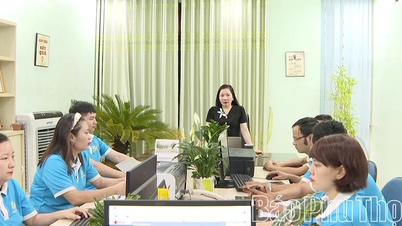

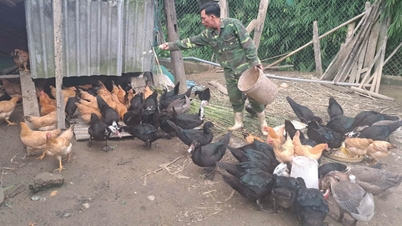

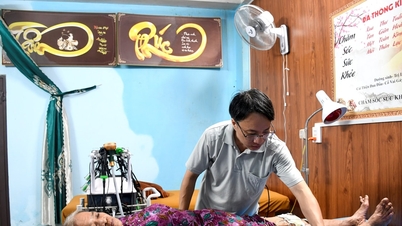



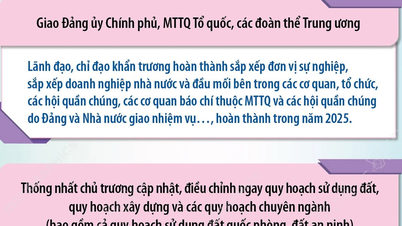





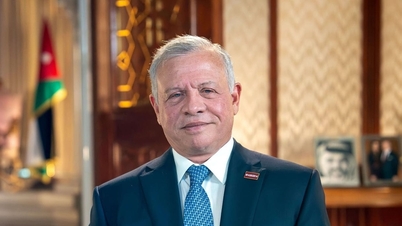


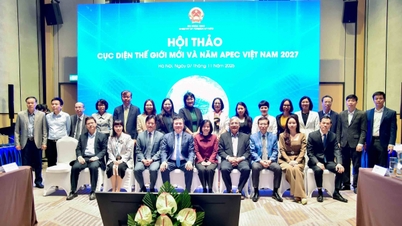










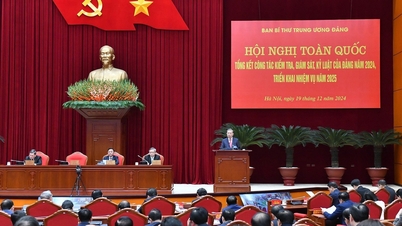












![[Video] Hue Monuments reopen to welcome visitors](https://vphoto.vietnam.vn/thumb/402x226/vietnam/resource/IMAGE/2025/11/05/1762301089171_dung01-05-43-09still013-jpg.webp)










































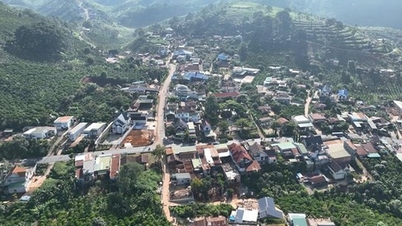




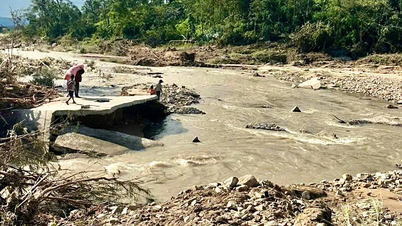




![Dong Nai OCOP transition: [Part 2] Opening new distribution channel](https://vphoto.vietnam.vn/thumb/402x226/vietnam/resource/IMAGE/2025/11/09/1762655780766_4613-anh-1_20240803100041-nongnghiep-154608.jpeg)












Comment (0)